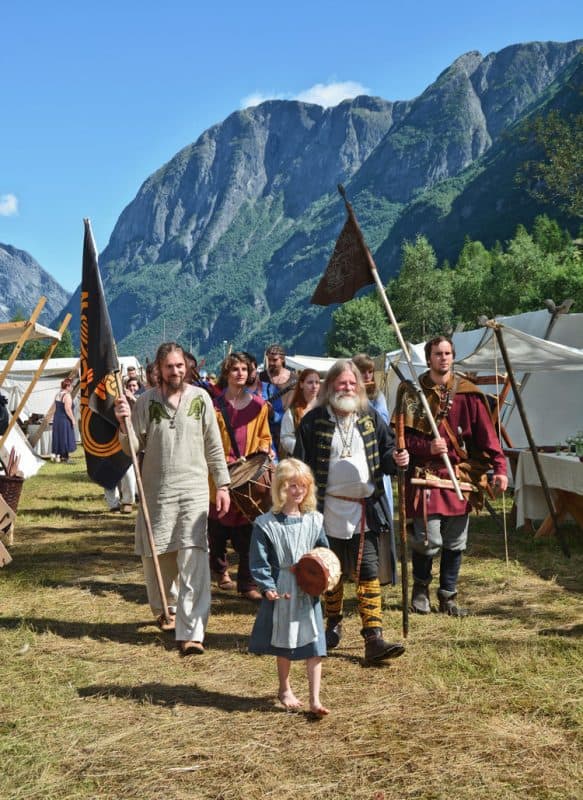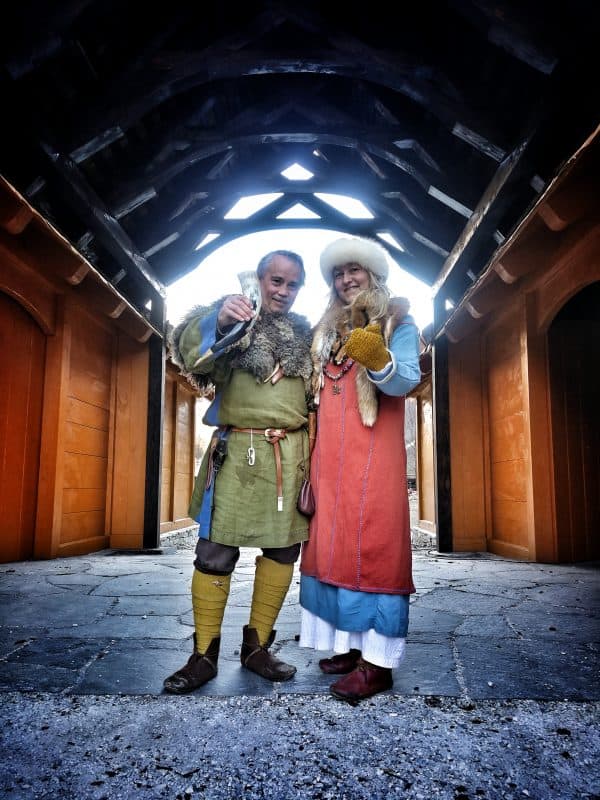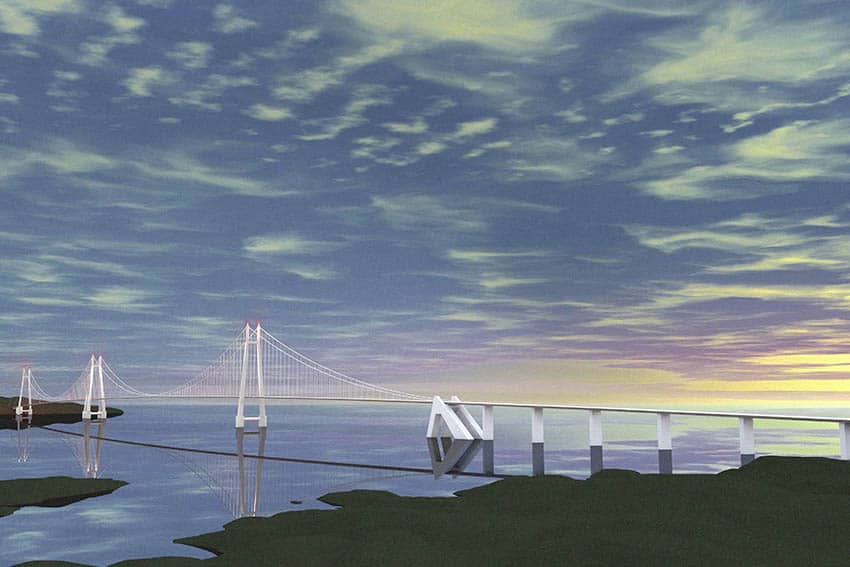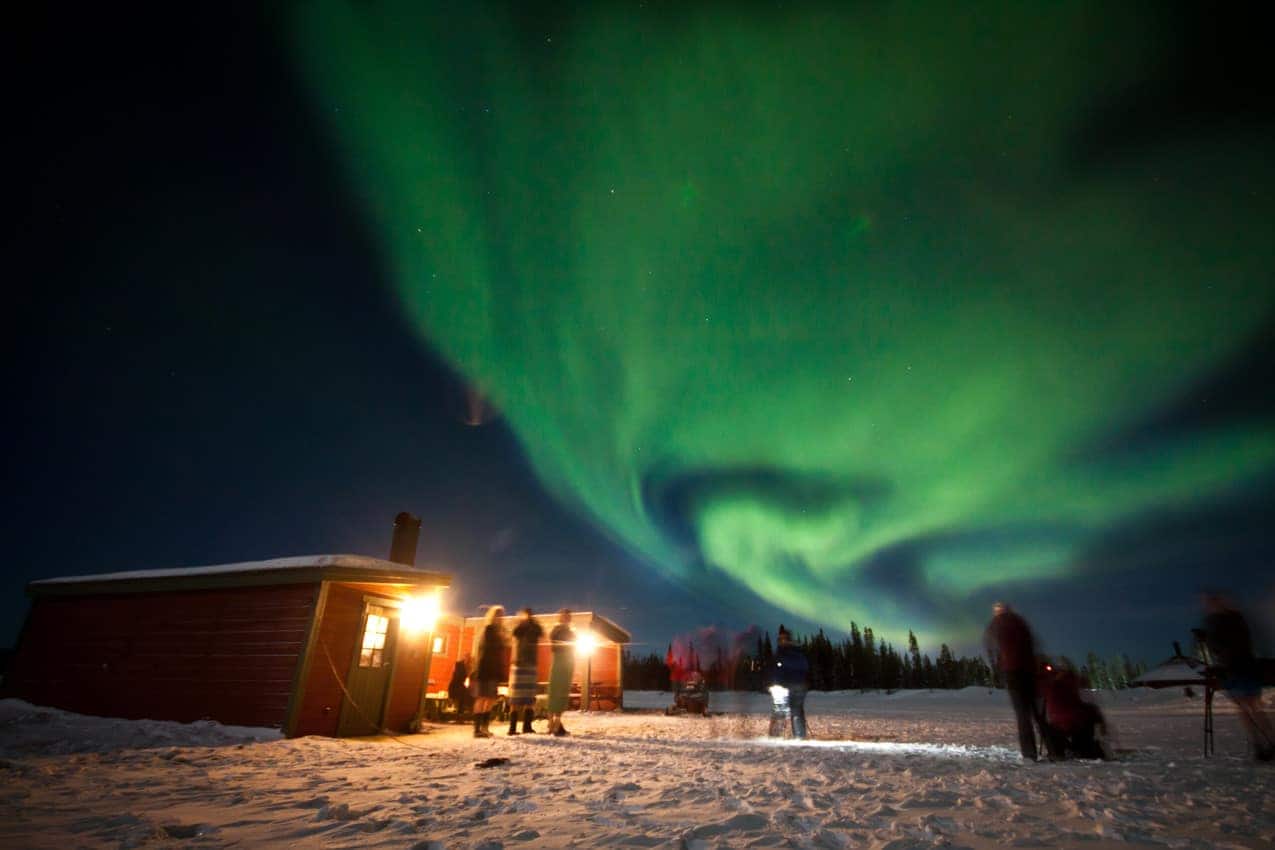
A Norway Viking Village Dedicated to Viking Traditions and Lifestyle
By Olivia Gilmore
A whole new medieval experience opened in Fjord Norway in 2017.
“Njardarheimr”better known as the home dedicated to the Northern God Njord, is a brand new cultural and historical site created especially to depict a prehistoric Viking village.

Every summer for the last two decades, a Viking market has been held in Gudvangen (Field of Gods).
Once an important spot for Viking trading, over 100 members of the Njardar Viking Association gather in the village to participate in different Viking activities, such as archery, cooking, and weapon making.
The permanent village began construction in August of 2016, shortly after, the first tier of the town opened for the public in May.
The village consists of 20 timber buildings and covers a total of 1,200 square feet, a dream come true for the real Vikings who reside there.
The Viking Experience
Visitors of all ages can transport themselves back more than a thousand years in time and learn firsthand what it’s like to live as a Viking.
The Viking Experience, an authentic guided tour of 45 minutes, allows you to become a member of the Viking community, learn their stories, learn about their travels, and even how they became professional seafarers.
“The captivating stories of the Vikings and the Viking Age is being retold without the confinements of a museum,” said Harald Hansen.

The village of Njardarheim welcomes kids and adults alike, different activities, sights, and sounds help give the real feel of what a Viking village was really like.
Take part in Viking games and competitions by practicing ax throwing and perfect your archery skills with a longbow.
Just be careful where you’re throwing, Vikings aren’t always so forgiving.
Don’t expect the food to be modern, but expect it to be tasty, as the Vikings used plenty of herbs and spices for both food and medicine.
Vikings used different assortments of herbs, including cinnamon, thyme, and basil, which were typically brought back from their trips to Europe.
The food court consists of traditional Viking cuisine, a standard meal includes bread and soup, sausage, cabbage salad, and freshly baked pan bread with salmon, sausage, and wild garlic sour cream.
The meals are prepared with ingredients that were available during the era, using genuine old recipes. Not only do you have to opportunity to live like a Viking, but you can also eat like one too!

A Viking Way Of Life
The Vikings that work, and live, in the valley take their jobs very seriously. The Chieftain of the Gudvangen Viking town of Njardarheim goes by the name Olafr Reydarsson and has been a full-time Viking for the past 22 years. The Vikings are the primary resource in making the village come alive.
“There must not be anything here, which did not exist during the Viking Age some 1,000 years ago, aside from certain established exceptions…The rules apply around the clock.
So, if you want to have a beer in the evening, it must be in a drinking horn or a glass that is period-appropriate.” said Reydarsson.
Vikings are held to high expectations and are required to follow the lifestyle of the people they are portraying. If a cell phone needs to be used, a Viking must change into their street clothes and exit the village.
One warning is given for acting out of character, the second one and they’re out!
A Vikings’ attire is very exquisite, it not only eye-catching but handmade. Clothing is single-needle-knitted, right down to the socks.
“ My cloak is very valuable, so I only use it on special occasions. For daily use, I wear a long wool jacket with bronze buttons, a silk ribbon, and a linen lining. My footwear includes leather shoes and socks that are of course single-needle-knitted, not knitted, or crocheted. Knitting dates from the 1200s,” said Reydarsson.

Being a Viking is not about acting, it’s a way of life for many people that live in the village.
Every Detail is Authentic
As for the building of the village, almost every detail and infrastructure was built according to the Viking era.
It’s unique in the sense that almost every aspect of the village incorporates what once was, thousands of years ago.
“ Over the past four months, 18 buildings have been erected here, which are built and painted using construction methods from the Viking Age. Several hundred liters of tar, linseed oil, and oxblood has been used.
The chieftain’s hall is painted green, which was the costliest pigment one could obtain back then.” stated Reydarsson.
The most remarkable and noteworthy aspect of the village is the Vikings who run it. They know their history and are more than willing to share their knowledge with those around them. When visiting this historically correct village you are not just visiting artificial homes, but a real community in which Vikings inhabit.
Njardarheim, better known as the Viking Village, will be open from May 31 to October 1, 2017. Prices for adults are NOK 195 (USD 23) and NOK 98 (USD 12) for children aged 4-15.
To learn more about this one of a kind experience at the Viking Valley, visit their website
- Discover the Best New York Attractions: A Comprehensive Guide - April 13, 2023
- Old World Charm in Alicante, Spain - January 24, 2019
- Can’t help but love Northern Valencia Spain - January 9, 2019





